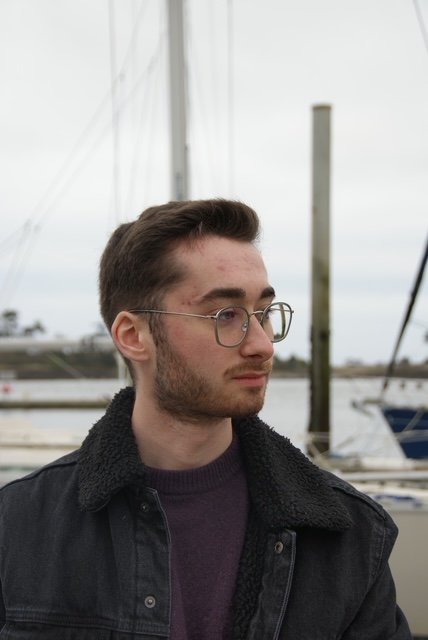
October 23, 2024


Vesna Starman, an assistant researcher at InnoRenew CoE; main area(s) of research/activities: teaching methods that develop understandings of natural concepts and laws and understanding the importance of natural sciences for the progress of the economy and society.
Today, science is no longer just one of the school subjects. It is a key competence that enables young people to integrate equally into a globalized society, ensures their competitive entry into the labor market and equips them with the skills needed for lifelong learning in a computerized society. I want to contribute to education for sustainable development, and I am interested in the answers to the question of what methods of learning and teaching are the most effective for sustainable development.
I am from Izola, but I’m married to a man from Koper, and now we live in Koper.
I chose to study social pedagogy, a science that deals with the study of the situation of disadvantaged people who have difficulty asserting themselves and integrating into social life. I chose this study because I wanted to explore the impact of the environment, community coexistence on individual development.
The most interesting part of my contribution is that I gather the knowledge of researchers and try to reshape it so that teachers can incorporate it into their regular teaching. The emphasis is on teaching methods for teaching science, especially wood, which is recognized as a material that meets the criteria for sustainable development.
My typical working day is different in a pandemic than the typical working day before a pandemic. Now my day is intertwined with household chores and parenting, which means it lasts 24 hours. I start with coffee and reading emails and daily news, and then the slalom begins. Otherwise, there is a lot of agreement, cooperation with colleagues from different profiles. There is always something extremely interesting coming out of these collaborations, and it is already laying new foundations for new research, so that research never really ends.
In this job, I most appreciate the time I have available for learning, searching for new knowledge and reading scientific literature. I missed that the most in the job of a school counselor. It’s hard to grow professionally if you don’t have the time dedicated to education. I also like a collaborative work environment that triggers creativity and innovation.
The biggest challenge is to find a common language (I don’t mean communication language). Each of the collaborators is excellent in their field, and when this excellent knowledge is included in a joint project, something interesting, useful, new is always created. It is important, however, to find a way of communicating, understanding and cooperating those results into co-creation. And that is exactly the special charm that interdisciplinarity offers you.
A special challenge is the application of projects to various tenders. Even if we are well organized, we always catch deadlines 😀 — a great activity for “adrenaline junkies”.
I am always excited about Maria Montessori. She is not only an important scientist in the field of pedagogy, but she is a woman with a capital letter who managed to gain the respect of her male colleagues in a period when there was no place for women. For this, you need a great deal of courage and confidence, and of course expertise. I always admire women like that.
Art has a special place in my heart. Ever since I know for myself, I’ve been fascinated by music, theater and literature. I fell in love with the theater when I watched Tomaž Pandur’s “Šeherezada”. Oscar Wilde’s books, especially “The Picture of Dorian Gray”, have a special place in my life mainly because of their beautifully written sentences and descriptions, and “The Little Prince”, by Antoine de Saint-Exupéry, because every time I read it, I get new associations, new material to think about. Music is a companion to daily tasks, and in my free time, I sing in VS Tamariska.
I mostly read scientific articles; most recently, I read a book by Rudi Podržaj, “Simon’s Witnesses”. It is an interestingly written novel, where we get to know the main character through different people. It is a story about the difficulties of growing up, a misguided upbringing and the confrontation with life and death. From 16 to 25 July, I enjoyed listening to choirs performing concerts as part of the Europa Cantat Festival. On the eve of National Day, I watched the premiere of “Baptism at Savica”.
My favorite corner on the Slovenian coast is our home; we have a view of the sea, trees, birdsong, crickets singing, children’s laughter … and that’s all I need.
A well-coordinated team always fills me with energy and triggers a wave of creative thinking.
The obstacles we regularly face in life are challenges, not problems. Challenges trigger creative thinking that leads to a solution. All you need is a pinch of courage and a spoonful of confidence.
My father was a carpenter, so the smell of wood always reminds me of home. I also furnished my home mainly with wood because it gives me a feeling of warmth. I miss trees and wooden buildings that would help us spend our hot summers. Unfortunately, we still use too much concrete, which may be cheaper, but is unfriendly to residents and visitors.